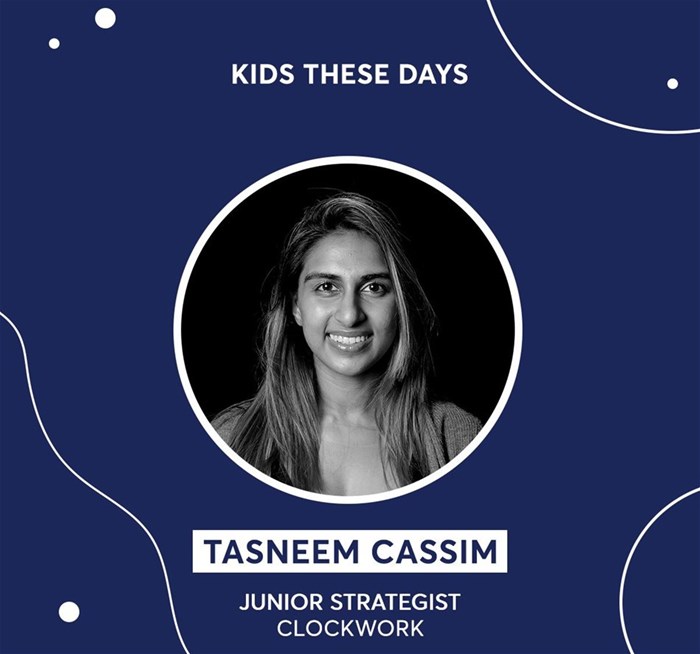Differences versus similarities between Gen Z and Gen Alpha
Despite some similarities, Gen Z and Gen Alpha are different in many ways. What’s similar is that both generations want to see active change and be involved in making these changes happen. They are both activists and altruists, caring about the environment and humanitarian issues. Gen Zs are more altruists for the world’s humanitarian issues, such as Black Lives Matter, the Israel-Palestine conflict, as well as Russia’s war in Ukraine, whereas Gen Alpha want to be altruists towards more community-based issues that are closer to home, such as bullying. These two generations are also extreme experts on digital and social platforms, key influencers in buying decisions, and the two most active markets on online platforms.
Brands should set out to explore Gen Alpha by not just including them in marketing but also collaborating with them. Activists and altruists at heart, 40% of kids in the world say that caring for the planet is one of the most important things, with 34% stating that recycling is important. Far more kids from this generation want to be altruists and humanitarians than millennials ever were. Kids of this generation want to be more involved in what’s happening around them when it comes to their people, their community and environmental issues, but not much when it comes to larger worldly issues. They want to be the superheroes and the humanitarians to strive to make their world a better place.
Kids are influencing purchase decisions much more now
We know that kids only used to influence buying decisions that concern toys, technology, or TV subscriptions; however, the kids of today are influencing their parents’ consumption habits that don’t even concern kids directly, such as a new car, groceries and household appliances. With families spending more time together during the Covid-19 pandemic, a kid's say in household purchasing decisions has been greater than ever. Kids are becoming influencers for their parents when it comes to investing money in e-commerce, what online shopping platforms to purchase from and which platforms to trust.
Know what this means?
Kids are spending so much time online without supervision. This is why app and software companies are trying to play big roles and putting practices into place to teach kids how to be safe online while still having fun.
Playgrounds are also not a priority for kids anymore. With online education taking over and Covid-19 shifting all after-school activities and extracurriculars to the digital realm, kids have taken their social lives online, meaning less in-person contact and going to the playground. Interestingly enough, gaming has formed an integral part of kids’ lives and has become a huge social factor, with at least 46% kids aged 8 to 11 stating that they talk to their friends while gaming and 56% of gamers aged 12 to 15 stating the same thing.
So what does this mean for marketers? How can they best communicate with this generation?
When marketing to kids or Gen Alpha, don’t underestimate their knowledge. It’s not about just including them anymore; it’s about collaborating with them and co-creating. Kids of today still lean on traditional social media platforms, such as Facebook and Instagram, but are also embracing other, newer platforms, such as TikTok and Snapchat, a lot more – this also contributes to their higher knowledge about good purchases.
This has implications for brands that are seeking authentic conversations with their tween and teen followers, but still question the value of maintaining a presence on these platforms because Facebook and Instagram are still ahead with the follower numbers, and brands are afraid platforms such as TikTok and Snapchat are just a trend. Yet, current trends show it’s clear that 13- to 15-year-olds are taking TikTok engagement to another level.
So what could brands do and talk more about when targeting these future consumers?
Brands should market on gaming platforms to drive engagement and spread awareness. Brands also need to get icons and ambassadors that kids look up to and create marketing content that creates trust and puts out good reviews on their platforms, because 34% of kids today read a lot of product reviews when deciding what products are best, which is what makes them key purchase decision makers.
Brands should also practice and incorporate cyber safety on their social media and digital platforms as kids are not supervised anymore while using these platforms and could be prone to more cyberattacks online, such as the Momo incident on YouTube. TikTok and Instagram are still incorporating parent monitoring features and tactics into their apps. TikTok is now allowing parents to set accounts to private, control who can see or comment on their kid’s videos, and disable the TikTok’s search feature altogether. Instagram has introduced a safety feature where adults aren’t able to contact teens on the platform if they don’t already follow them. However, parents no longer have the time to monitor their kids’ online activities, which is why Gen Alpha have more freedom on social media and digital platforms.
Gen Alpha wants to be part of and collaborate with brands when it comes to addressing causes that they care about, such as bully prevention, cyberbullying and environmental causes. Brands need to take cyber safety initiatives and cyberbullying issues to the next level by partnering with cybercrime organisations as CSR initiatives and addressing bullying as a pressing issue.
Gen Alpha differs so much from kids back in the day. This is the generation that brands need to pay more attention to and partner with to gain the commitment they require from their consumers. Brands also need to change the way they position themselves if they are going to target this generation – we can’t keep using the same mediums and messages. It’s not about inclusivity anymore; it’s about collaborating and partnering with our audience to gain their attention.












































